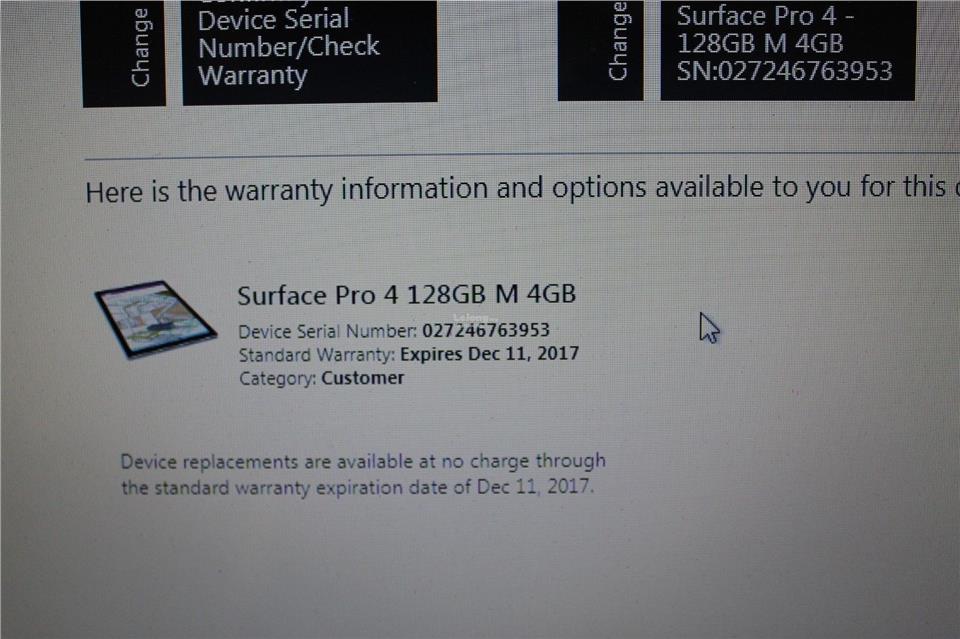


Multiple scanner support provides the capability to use more than one scanner interchangeably in the same DataWedge profile without the need for manual configuration, such as when an internal scanner and an external Bluetooth scanner is required. This permits the Bluetooth scanner to scan data into the Android device inserted in the workstation cradle. Zebra USB Cradles supports Bluetooth scanners paired/connected to its USB cradle, connected to a workstation cradle with an Android device inserted. The availability of the scanner model name being listed relies on the operating system build (BSP) - see Feature Matrix for version compatibility and the Zebra Support Portal to download the latest build. In this case, selecting either Zebra Bluetooth Scanner or Zebra USB Scanner can be used as a generic option to scan from each respective peripheral device. Generic scanner selection for Zebra Bluetooth Scanner and Zebra USB Scanner: Newly released Zebra Bluetooth or USB scanners are automatically supported (in SSI mode), but the specfic scanner model names may not be visible in the Scanner selection list yet. When 2D Imager is selected, scanning is performed using the installed Scan or Scan/MSR module.When the camera is selected, scanning is performed with the rear-facing camera.If no Scan Module is installed, the camera is selected.If a Zebra Scan Module or Scan/MSR Module is installed, the 2D imager is selected.The list of available scanners is based on devices present in (or connected to) the unit being configured.Īuto is the default scanner selection, which automatically determines the best scanning device from the list of available devices based on the following auto scanner selection rules: In Barcode Input, the Scanner selection panel determines which scanning device to use for data capture. The parameters of this feature can be configured using the Set Config API.

The raw barcode data that's acquired is processed or formatted as using the Basic and Advanced Data Formatting Processing options that are found near the Output options. DataWedge supports lasers, imagers and internal cameras. USB synchronous serial interface (SSI) scannersīarcode Scanner Input reads data from the integrated barcode scanner built into the device, or attached via cable or Bluetooth connection, or implemented as a snap-on module.See the Scanner Parameters section for more information. DataWedge also provides audio and other feedback to alert the user of scanning results and barcode type. Decoders supported by DataWedge are explained below, including commonly used decoders: Code39, Code128, Datamatrix, DotCode, EAN13, OCR A, OCR B, PDF417, QRCode, UPCA, and UPCE. Barcode Input options within the DataWedge profile specify the device hardware to use for scanning and the decoders to be applied on the acquired data before sending it for processing.


 0 kommentar(er)
0 kommentar(er)
